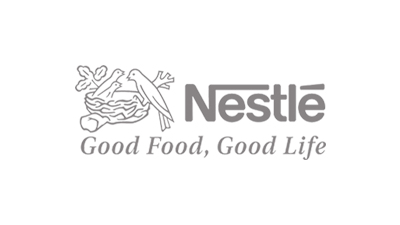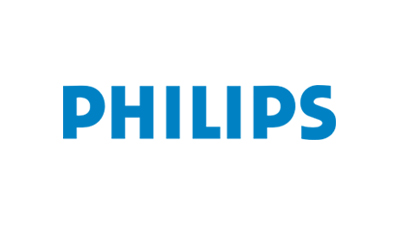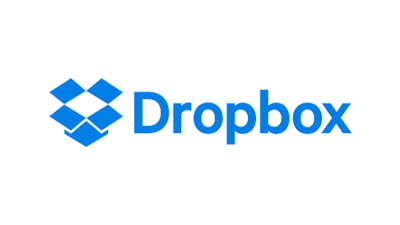Recombinant non-glycosylated proteins include human growth hormone, granulocyte colony-stimulating factor, interferons, and insulin. The statistic scope in this report is Recombinant non-glycosylated proteins biosimilars. This report aims to provide a comprehensive presentation of the global market for Recombinant Non-Glycosylated Proteins Biosimilars, with both quantitative and qualitative analysis, to help readers develop business/growth strategies, assess the market competitive situation, analyze their position in the current marketplace, and make informed business decisions regarding Recombinant Non-Glycosylated Proteins Biosimilars. This report contains market size and forecasts of Recombinant Non-Glycosylated Proteins Biosimilars in global, including the following market information: Global Recombinant Non-Glycosylated Proteins Biosimilars Market Revenue, 2018-2023, 2024-2029, ($ millions) Global top five companies in 2022 (%) The global Recombinant Non-Glycosylated Proteins Biosimilars market was valued at US$ million in 2022 and is projected to reach US$ million by 2029, at a CAGR of % during the forecast period. The influence of COVID-19 and the Russia-Ukraine War were considered while estimating market sizes. The U.S. Market is Estimated at $ Million in 2022, While China is to reach $ Million. Insulin Segment to Reach $ Million by 2029, with a % CAGR in next six years. The global key manufacturers of Recombinant Non-Glycosylated Proteins Biosimilars include Sandoz, Pfizer, Teva Pahrmaceutical, Celltrion, Biocon, Amgen, Samsung Biologics, Mylan and Dr. Reddy's Laboratories, etc. in 2022, the global top five players have a share approximately % in terms of revenue. MARKET MONITOR GLOBAL, INC (MMG) has surveyed the Recombinant Non-Glycosylated Proteins Biosimilars companies, and industry experts on this industry, involving the revenue, demand, product type, recent developments and plans, industry trends, drivers, challenges, obstacles, and potential risks. Total Market by Segment: Global Recombinant Non-Glycosylated Proteins Biosimilars Market, by Type, 2018-2023, 2024-2029 ($ millions) Global Recombinant Non-Glycosylated Proteins Biosimilars Market Segment Percentages, by Type, 2022 (%) Insulin rHGH Interferon Global Recombinant Non-Glycosylated Proteins Biosimilars Market, by Application, 2018-2023, 2024-2029 ($ millions) Global Recombinant Non-Glycosylated Proteins Biosimilars Market Segment Percentages, by Application, 2022 (%) Oncology Chronic Diseases Autoimmune Diseases Blood Disorders Growth Hormone Deficiency Infectious Diseases Other Diseases Global Recombinant Non-Glycosylated Proteins Biosimilars Market, By Region and Country, 2018-2023, 2024-2029 ($ Millions) Global Recombinant Non-Glycosylated Proteins Biosimilars Market Segment Percentages, By Region and Country, 2022 (%) North America US Canada Mexico Europe Germany France U.K. Italy Russia Nordic Countries Benelux Rest of Europe Asia China Japan South Korea Southeast Asia India Rest of Asia South America Brazil Argentina Rest of South America Middle East & Africa Turkey Israel Saudi Arabia UAE Rest of Middle East & Africa Competitor Analysis The report also provides analysis of leading market participants including: Key companies Recombinant Non-Glycosylated Proteins Biosimilars revenues in global market, 2018-2023 (estimated), ($ millions) Key companies Recombinant Non-Glycosylated Proteins Biosimilars revenues share in global market, 2022 (%) Further, the report presents profiles of competitors in the market, key players include: Sandoz Pfizer Teva Pahrmaceutical Celltrion Biocon Amgen Samsung Biologics Mylan Dr. Reddy's Laboratories Stada Arzneimittel AG Outline of Major Chapters: Chapter 1: Introduces the definition of Recombinant Non-Glycosylated Proteins Biosimilars, market overview. Chapter 2: Global Recombinant Non-Glycosylated Proteins Biosimilars market size in revenue. Chapter 3: Detailed analysis of Recombinant Non-Glycosylated Proteins Biosimilars company competitive landscape, revenue and market share, latest development plan, merger, and acquisition information, etc. Chapter 4: Provides the analysis of various market segments by type, covering the market size and development potential of each market segment, to help readers find the blue ocean market in different market segments. Chapter 5: Provides the analysis of various market segments by application, covering the market size and development potential of each market segment, to help readers find the blue ocean market in different downstream markets. Chapter 6: Sales of Recombinant Non-Glycosylated Proteins Biosimilars in regional level and country level. It provides a quantitative analysis of the market size and development potential of each region and its main countries and introduces the market development, future development prospects, market space of each country in the world. Chapter 7: Provides profiles of key players, introducing the basic situation of the main companies in the market in detail, including product sales, revenue, price, gross margin, product introduction, recent development, etc. Chapter 8: The main points and conclusions of the report.
1 Introduction to Research & Analysis Reports 1.1 Recombinant Non-Glycosylated Proteins Biosimilars Market Definition 1.2 Market Segments 1.2.1 Market by Type 1.2.2 Market by Application 1.3 Global Recombinant Non-Glycosylated Proteins Biosimilars Market Overview 1.4 Features & Benefits of This Report 1.5 Methodology & Sources of Information 1.5.1 Resear









